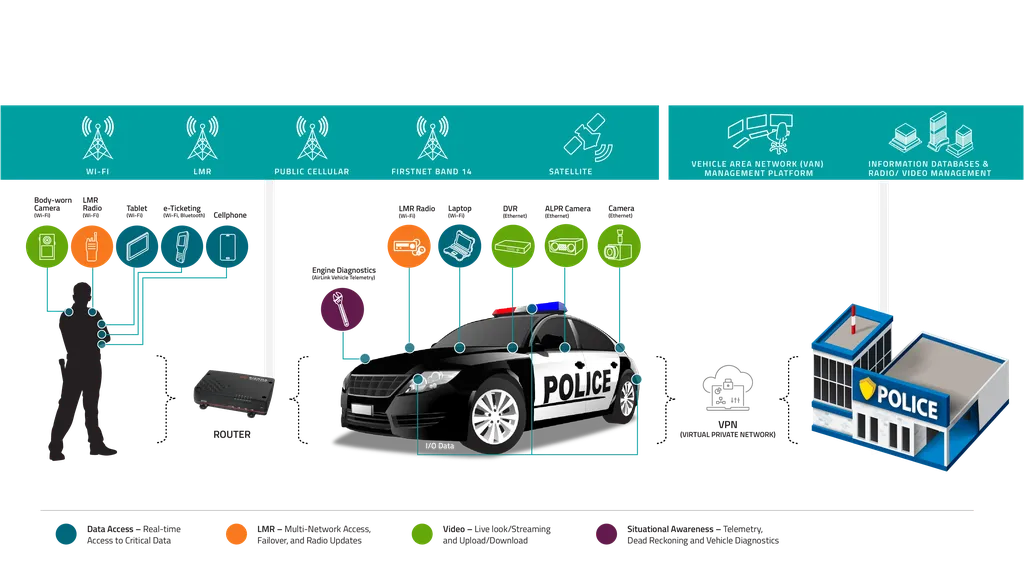In the realm of intelligent transportation and connected vehicles, a team of researchers from the University of California, San Diego, and the University of Illinois at Urbana-Champaign has developed a novel approach to enhance cooperative perception among connected vehicles. Their work, titled “SRA-CP: Spontaneous Risk-Aware Selective Cooperative Perception,” addresses critical challenges in data transmission and dynamic traffic environments.
The researchers—Jiaxi Liu, Chengyuan Ma, Hang Zhou, Weizhe Tang, Shixiao Liang, Haoyang Ding, Xiaopeng Li, and Bin Ran—have proposed a framework that aims to improve the efficiency and safety of cooperative perception (CP) among connected vehicles. CP enables vehicles to share information, overcoming the limitations of individual sensors. However, existing CP methods often transmit large volumes of irrelevant data, exceeding available communication bandwidth. Additionally, most CP frameworks rely on pre-defined communication partners, which can be impractical in dynamic traffic conditions.
The SRA-CP framework introduces a decentralized protocol where connected vehicles continuously broadcast lightweight perception coverage summaries. This approach allows vehicles to identify and address risk-relevant blind zones spontaneously. A perceptual risk identification module enables each vehicle to assess the impact of occlusions on its driving task and determine whether cooperation is necessary. When cooperation is triggered, the vehicle selects appropriate peers based on shared perception coverage and engages in selective information exchange. This fusion module prioritizes safety-critical content and adapts to bandwidth constraints.
The researchers evaluated SRA-CP on a public dataset against several representative baselines. The results showed that SRA-CP achieves less than 1% average precision loss for safety-critical objects compared to generic CP, while using only 20% of the communication bandwidth. Moreover, it improves perception performance by 15% over existing selective CP methods that do not incorporate risk awareness. These findings highlight the potential of SRA-CP to enhance the efficiency and safety of cooperative perception in dynamic traffic environments.
The research was published in the Proceedings of the IEEE International Conference on Computer Vision (ICCV), a premier venue for computer vision researchers. The practical applications of this research are significant for the energy sector, particularly in the development of autonomous and connected vehicles. By improving the efficiency of data transmission and enhancing safety, SRA-CP can contribute to the advancement of smart transportation systems, which are crucial for reducing energy consumption and emissions.
This article is based on research available at arXiv.

